How does it work

en
 English
English
 Deutsch
Deutsch
 Italiano
Italiano
17 January
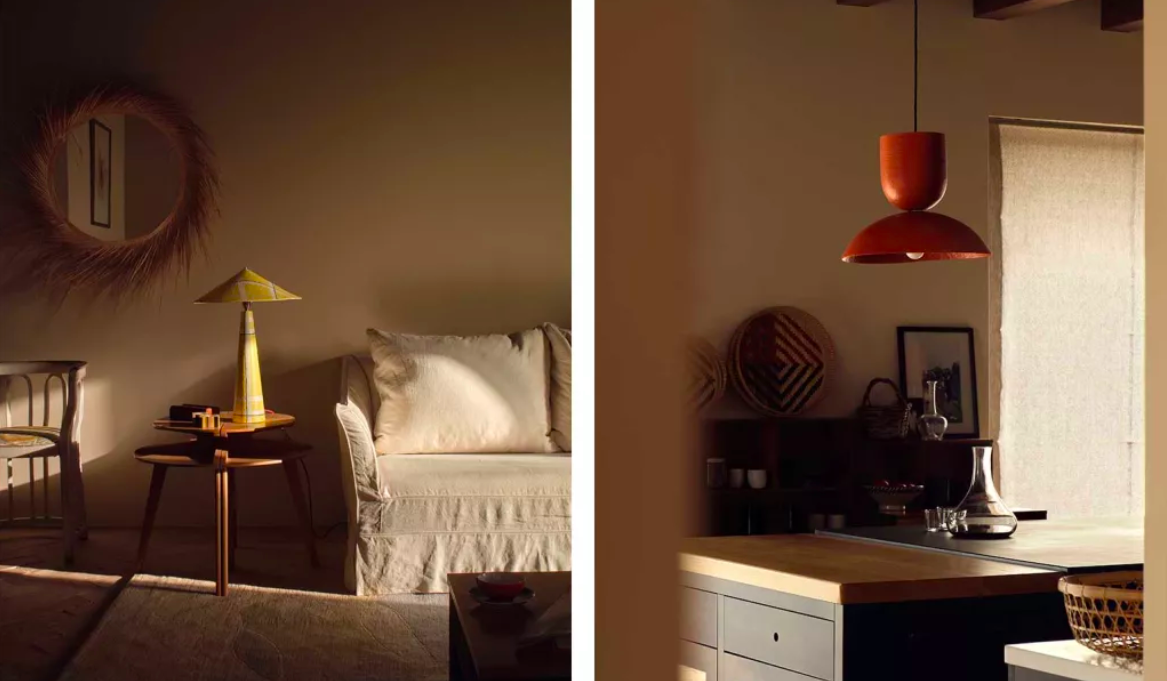
Morgan-Cox has built Palefire with sustainability in mind from the ground up. But it's fine art that really inspires the look of her designs – she says her approach is ‘resolutely maximalist’, and draws on her art history training (she holds an MA from the Courtauld Institute of Art) to inform her designs: Nineteenth-century European painting and sculpture, the Arts & Crafts movement, and the refinement of European Modernism all are of particular interest to her.
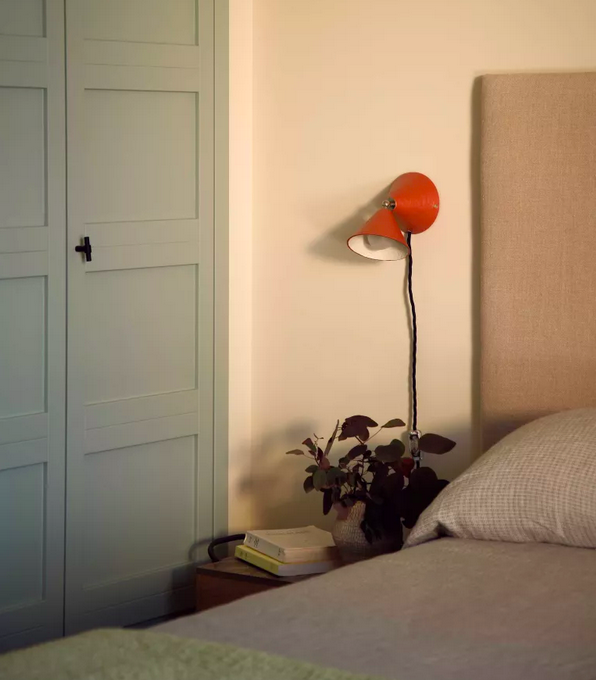
Having spent over a decade as a specialist dealer in European sculpture, painting and decorative art, she went on to help interior designer Tobias Vernon open 8 Holland Street in 2018, before becoming Managing Director of The Fine Art Society in London and designing the interiors of its new home. The name Palefire itself comes from a Vladimir Nabokov novel and Williams Shakespeare poem: ‘The moon’s an arrant thief, And her pale fire she snatches from the sun’.
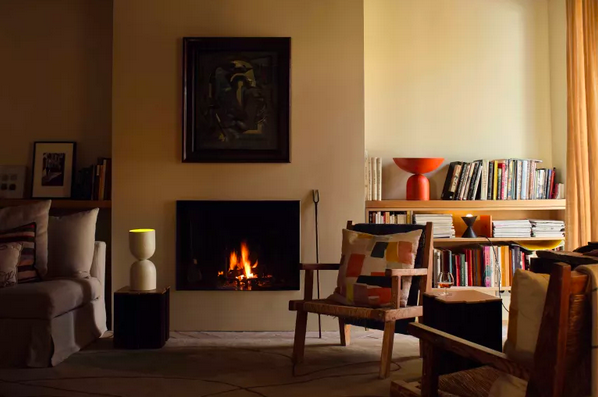
‘The idea from conception was to produce designs that were thoughtful about sustainability without compromising the aesthetic,’ she says, explaining her two-pronged approach. ‘First is a considered approach to materials and what impact they have. The second factor is the modularity of the design and our production model which produces less waste.
The entire collection of fourteen designs is made using only five simple, cone and dome shapes.’ Indeed, she has named the collection “U/V” after these distinct shapes, as well as being a play on light. ‘The smallest cone, for instance, is simultaneously used as the shade of our “Diabolo” lights or the ceiling rose for our pendant lights,’ she points out. Twin-cone wall sconces, dish-like table lamps, a bell-shaped pendant and flush mount illustrate the ‘myriad of possibilities’ created by working in this modular system.
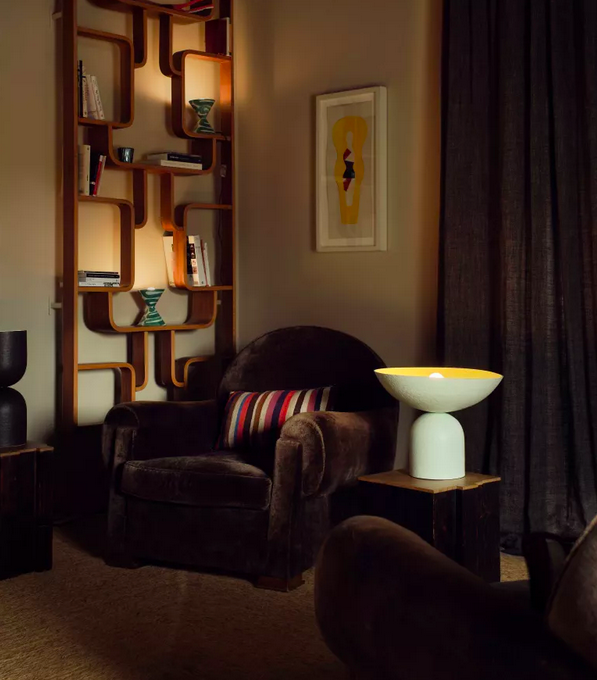
Morgan-Cox searched far and wide for a producer working with paper pulp that could deliver designs to her level of refinement and finish. She eventually discovered a small, family run workshop that has been manufacturing paper pulp products since the 1890s, just outside Barcelona. Here, paper waste is processed, injection moulded – allowing them to make more complex structures – and air dried. Metal and electric components are made in another family-run factory in Birmingham, where waste filings are collected and put back into the system: ‘Collecting and recycling waste has always been an essential part of their business as it is too valuable to waste,’ she points out.
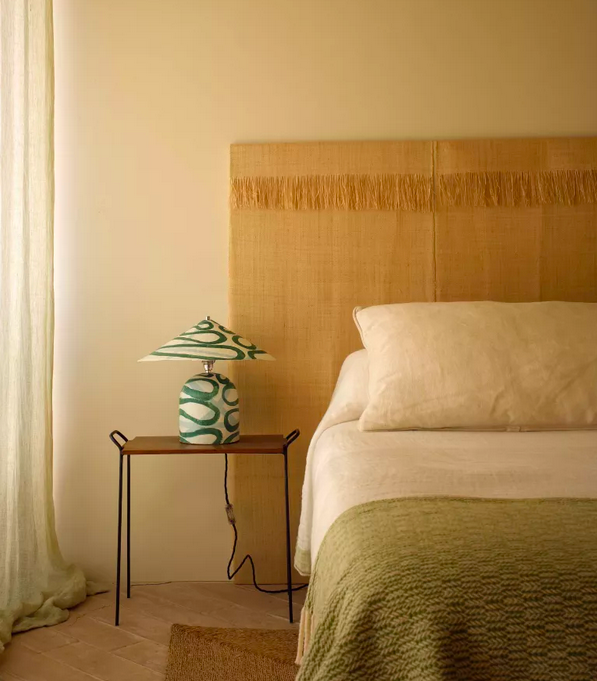
All orders are hand-painted by the team in the Camberwell studio using low VOC paint which is ‘manufactured using mainly geothermal, hydropower and wind in their plants in Iceland and Sweden,’ she says. Executing the painting in her studio also allows flexibility for custom orders. Neutral colours such as Celadon (off white), and Clove (a warm brownish black) are complimented with Brick and Citrine, while free-hand painted patterns such as the swirling Serpent and cross-hatched Axis have been surprising best sellers.
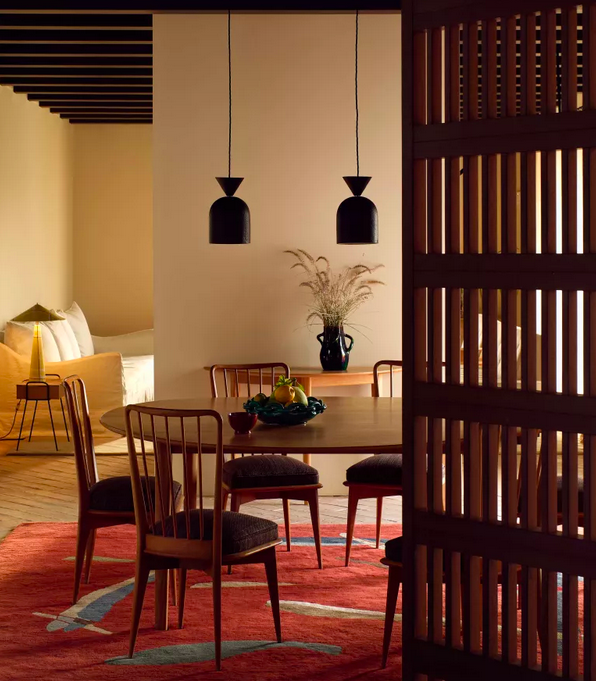
Looking ahead, Morgan-Fox plans to add a restoration and renewal service, helping the longevity of her lamps. This could include touching up surface scuffs, or completely repainting a shade if a customer redecorates a space. ‘We do not want anything going in the bin!’ she says.
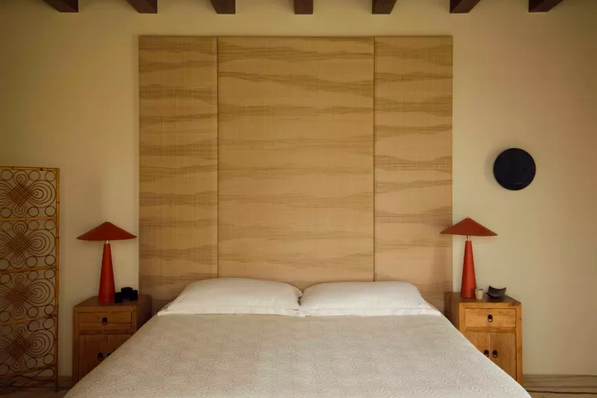
All article from wallpaper.com